Home / Albums / Tag Middle Ages 304

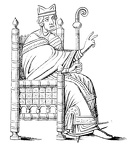 Chair of the Ninth or Tenth Century
Chair of the Ninth or Tenth Century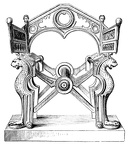 The Curule Chair
The Curule Chair ... thrust a leaden bodkin into the head of that image
... thrust a leaden bodkin into the head of that image ‘... called secretly at the chamber dore’
‘... called secretly at the chamber dore’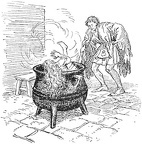 ‘... cast her into a cauldron’
‘... cast her into a cauldron’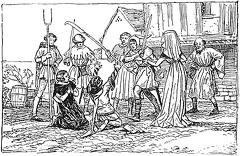 ‘... compellyd them for to devour the same writte’
‘... compellyd them for to devour the same writte’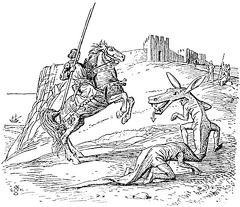 ‘... constructed a pantomime dragon on the pattern of the real article’
‘... constructed a pantomime dragon on the pattern of the real article’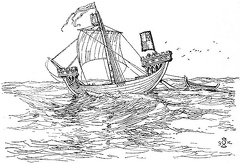 '... crossed to England’'
'... crossed to England’'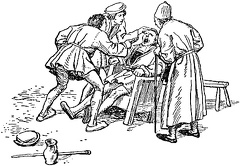 ... caused to sytte down and in large wyse to gape
... caused to sytte down and in large wyse to gape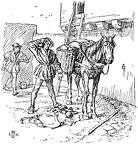 ... sware ‘gret othes’ and took himself by the hair
... sware ‘gret othes’ and took himself by the hair Robert Berewold in the pillory
Robert Berewold in the pillory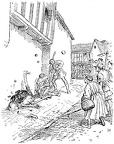 The unfortunate “fowle” was “hurten so sore”’
The unfortunate “fowle” was “hurten so sore”’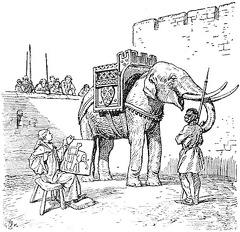 sat for its portrait to Matthew Paris
sat for its portrait to Matthew Paris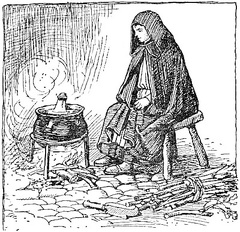 A young novice of the priory
A young novice of the priory A ‘herauld’
A ‘herauld’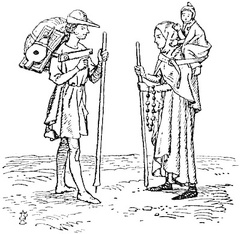 Pilgrims
Pilgrims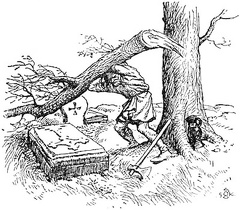 ‘The broken bough fell on the head of a man standing down below’
‘The broken bough fell on the head of a man standing down below’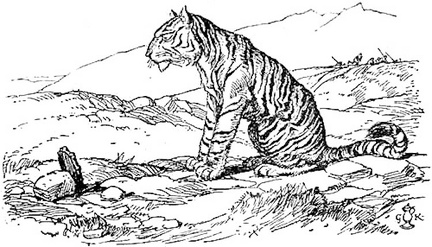 ‘The tiger and the mirror’
‘The tiger and the mirror’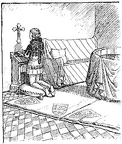 ‘The young Edward III.’
‘The young Edward III.’ ‘When a lion looks at you it becomes a leopard’
‘When a lion looks at you it becomes a leopard’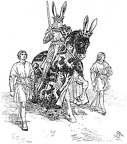 ‘Dymoke of Scrivelsby’
‘Dymoke of Scrivelsby’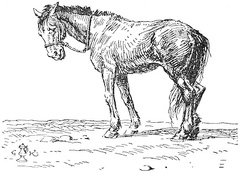 ‘Hakeney’
‘Hakeney’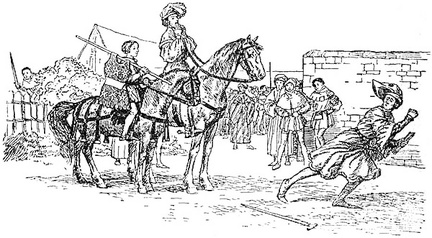 ‘He incontinently fled’
‘He incontinently fled’ ‘Henry’s badge’
‘Henry’s badge’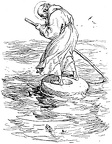 ‘St. Piran’
‘St. Piran’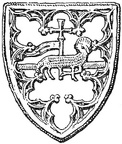 ‘latten “Agnus Dei”’
‘latten “Agnus Dei”’ ‘... playing innumerable pranks’
‘... playing innumerable pranks’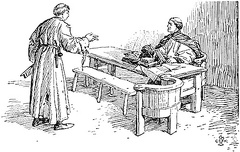 ‘... showed him his injuries’
‘... showed him his injuries’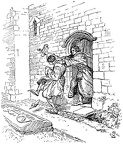 ‘... thrust him out of the church’
‘... thrust him out of the church’ ‘... with drawn swords stood in the doorway’
‘... with drawn swords stood in the doorway’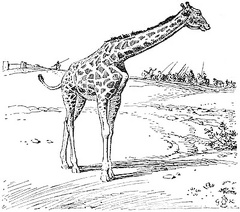 ‘A wonderful sight’
‘A wonderful sight’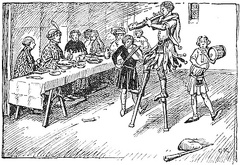 ‘An impromptu entertainment by three minstrels’
‘An impromptu entertainment by three minstrels’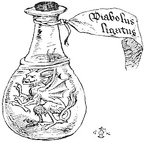 ‘Diabolus ligatus’
‘Diabolus ligatus’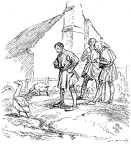 ‘... failed to identify the geese’
‘... failed to identify the geese’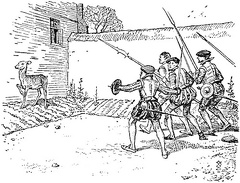 ‘... fully armed with swords and bucklers’
‘... fully armed with swords and bucklers’ ‘... got his arms round a branch’
‘... got his arms round a branch’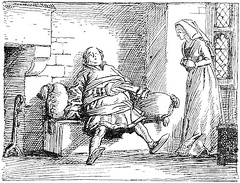 ‘... gyrd abowte his bodye in iij places with towells and gyrdylls’
‘... gyrd abowte his bodye in iij places with towells and gyrdylls’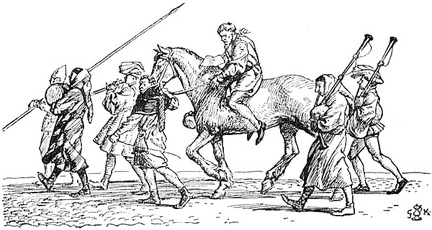 ‘... led through the middle of the city’
‘... led through the middle of the city’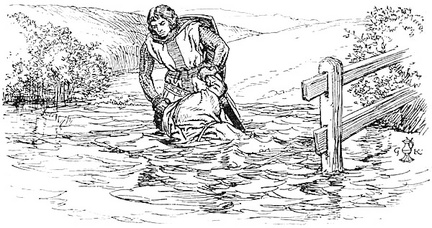 ‘... ducking him in a horse-pond’
‘... ducking him in a horse-pond’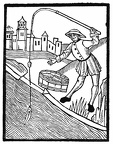 Angler
Angler fysshynge
fysshynge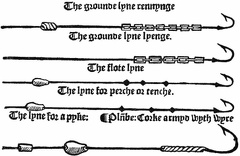 fysshynge
fysshynge fysshynge
fysshynge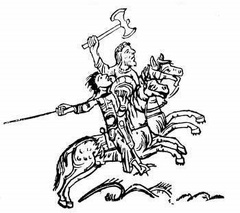 Saxon Horsemen
Saxon Horsemen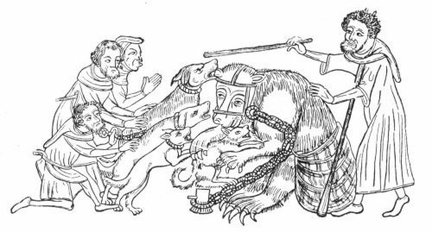 Bear-baiting
Bear-baiting Arbalest
Arbalest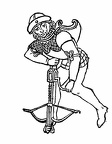 Arbalester
Arbalester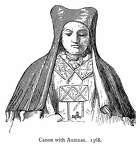 Canon with Aumuse
Canon with Aumuse An Ale-stake
An Ale-stake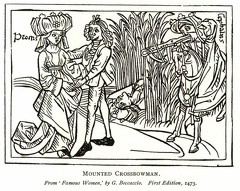 Mounted Crossbowman
Mounted Crossbowman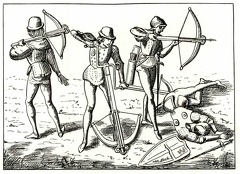 Crossbowmen
Crossbowmen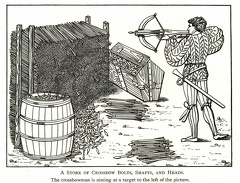 A store of crossbow bolts, shafts and heads
A store of crossbow bolts, shafts and heads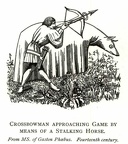 Crossbowman approaching game
Crossbowman approaching game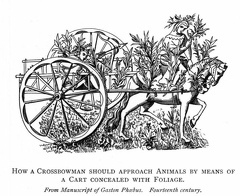 How a crossbowman should approach animals
How a crossbowman should approach animals Arbalestina
Arbalestina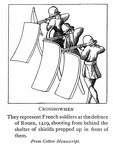 Crossbowmen
Crossbowmen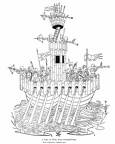 A ship of war, wth crossbowmen
A ship of war, wth crossbowmen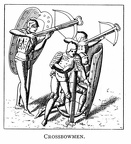 Crossbowmen
Crossbowmen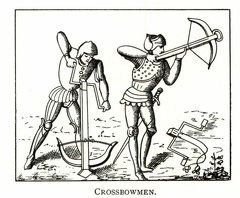 Crossbowmen
Crossbowmen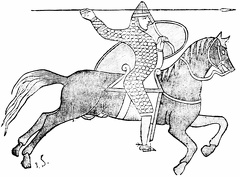 An 11th century knight, after the Bayeux tapestry
An 11th century knight, after the Bayeux tapestry



